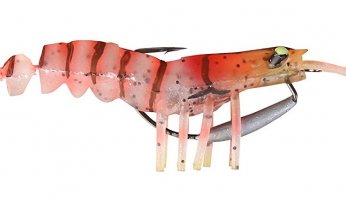Fishing Lure Basics: What You Need to Know in 2024
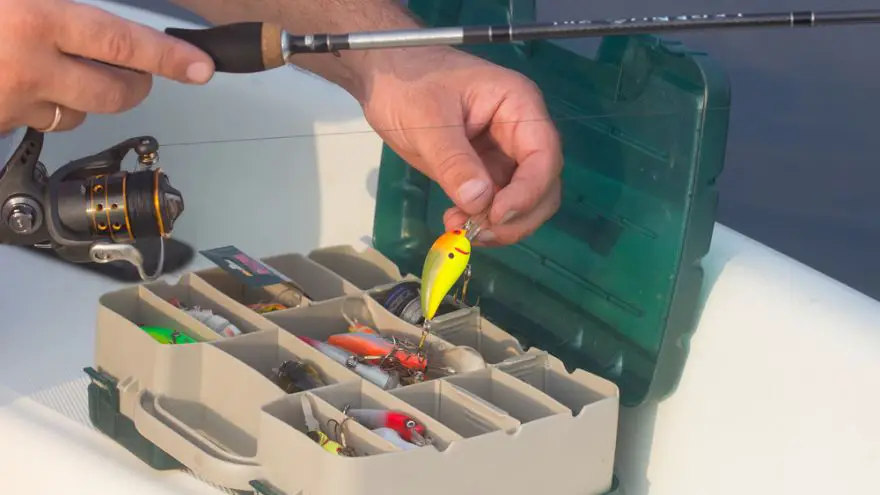 Fishing Lure Basics: What You Need to Know in 2024
gearweare.net
Fishing Lure Basics: What You Need to Know in 2024
gearweare.net
Using artificial fishing lures while angling can provide you with the most intriguing, chess-match like experience in the sport. As part of the game, the angler must use his or her tools to find what the best option is to achieve success. Lures, like the chess pieces, all have their advantages under certain situations. A basic understanding of lures and how they work is the best place to begin. So, here is what you need to know about fishing lures.
Table of Contents
Lures

Stepping into the local tackle shop, you will find walls and shelves filled with lures of every shape, material, size, and color. The vast assortment of lures available can be overwhelming to both the beginner and those with more fishing experience.
It is important to know what a lure is used for. An artificial lure is used in an attempt to entice fish into perceiving the object as a baitfish, or a natural prey. The goal as an angler is to present and manipulate an artificial lure as close as possible to the real behaviors of the prey fish. Because of this, there is no certain choice of lure for every situation. All circumstances, fish species, locations, and other criteria come into play when determining the best lure to use.
The Good and the Bad
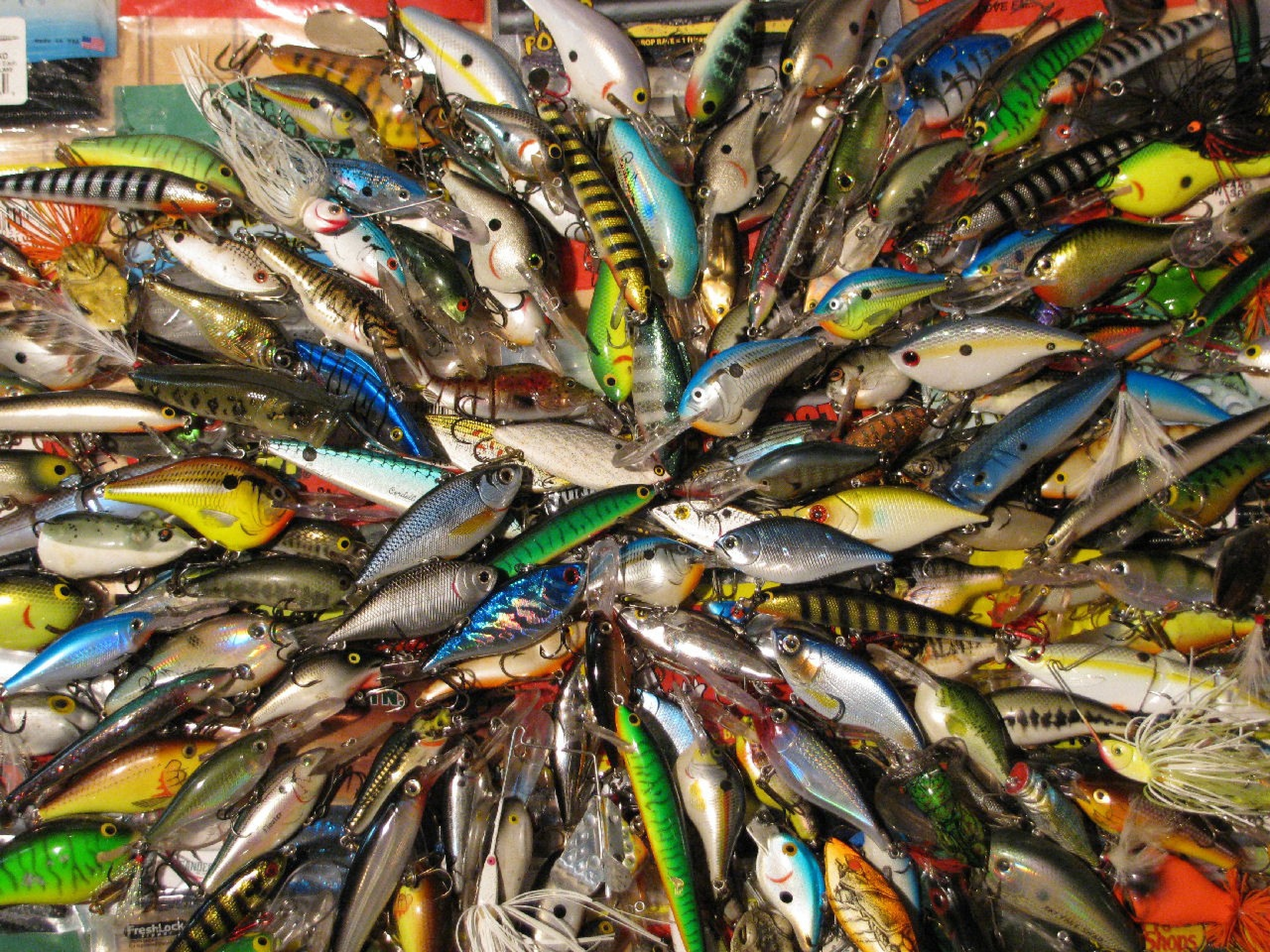
Are lures better to use than natural bait? Do they produce more success?
While it is impossible to answer that question for certain, like everything else, there are some positives and negatives. While the positive advantages are more than the perceived negatives, ultimately it is up to the individual angler to determine if lures are their best option to produce successful fishing trips.
When it comes down to it, lures are much cleaner than natural baits. They lack the stench, slime, and dirt of our organic enticements. There is definitely less blood and bodily fluids that we are exposed to when using an artificial lure. Not to mention, all lures have an eyelet attached, so swapping out lures on a swivel is quick and easy.
In the water, lures are not as easily swallowed by the fish, resulting in the less likelihood that you will left trying to remove a hook down in the belly of your catch. You will spend less time trying to free your hook and more time in the water trying to catch more fish.
Speaking of catching more fish, using a lure, you will be fishing more area of water with a lure. Instead of casting and waiting for the fish to find your hook, you will be bringing your hook (lure) to the fish.
While they may seem to be a win/win in regards to the positives, lures also have a negative side… and it hurts where it counts: Your pocketbook. Lures can cost substantially more than other bait options. To make matters worse, lures, as you run them over the bottom of the water, have a tendency to get snagged on downed timber, rocks, or other debris, often times leaving you empty on the end. It is a discomforting feeling to see the lure you spend good money on gone from your line when you reel it back in.
Lures also make you work for your bite. You don’t get to be passive in this fishing expedition. No more cast and wait. If you aren’t working the lure, it won’t be working for you. Also, even if you are working the lure, some fish aren’t interested in artificial lures, as they are missing the natural odors and feels of real bait.
The Options
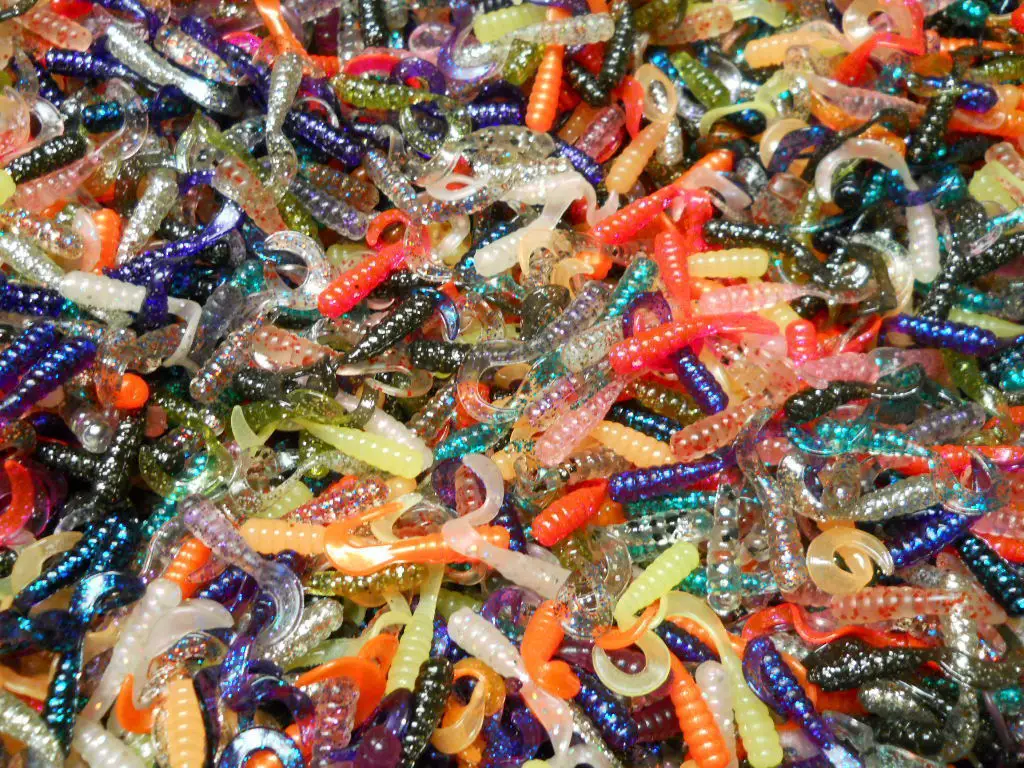
When it comes to lures, there are a few different types that are commonly used. Each one has its own unique characteristics and function. A basic understanding of these common fishing lures will allow you to identify and use them.
Jigs – Jigs are constructed with a lead head on the frame of the hook molded into one piece. The weight of the lead on the tip allows for vertical, jerky movements in the water. These are likely one of the cheapest and most versatile options for artificial lures available. They come in a variety of shapes resembling prey, and are oftentimes adorned in decorative dressings, such as feathers, rubber, or other concealing materials.
Spinners – Spinners are constructed as a metal shaft with spinning blades, As the lure is moved through the water, the spinning blades create sound and vibrations, attracting fish to the lure as it moves. This makes these artificial lures beneficial in murky or dark waters with low visibility.
Spoons – Much like the name implies, spoons are lures shaped like the end of a table spoon. The curved, metal lure creates a unique action in the water as it is being moved. The fluttering wobble motion created by the spoon depicts an injured prey fish. They come in all sizes and colors, however, because the goal of a spoon is to resemble an injured baitfish, the color red is often used to simulate blood to entice a game fish. (WikiHow)
Flies – Used in fly fishing, artificial flies are lightweight lures which are used to resemble natural insect prey for fish. These flies are presented just above or on top of the water, and the more natural appearing the lure is, the more successfully they will entice the fish. Flies can be created with numerous types of material and are sometimes homemade instead of purchased.
It’s Your Call
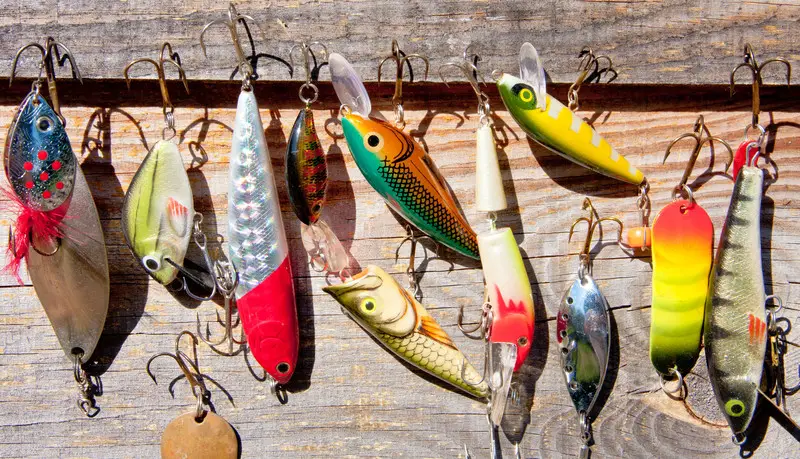
Ultimately, it is up to each angler to determine which baiting system works best for them. Whether it is an artificial lure or live bait, they both have their advantages and disadvantages. To be successful, you need to know fishing lures and how they are intended to act. Knowing what your lure is doing underwater and out of sight will allow you to select your best option.
Remember, it is acceptable to use both types of baiting systems, and be interchanging them often. Angling is a sport and you have to learn your opponent and find their weak spots each and every time you play.







